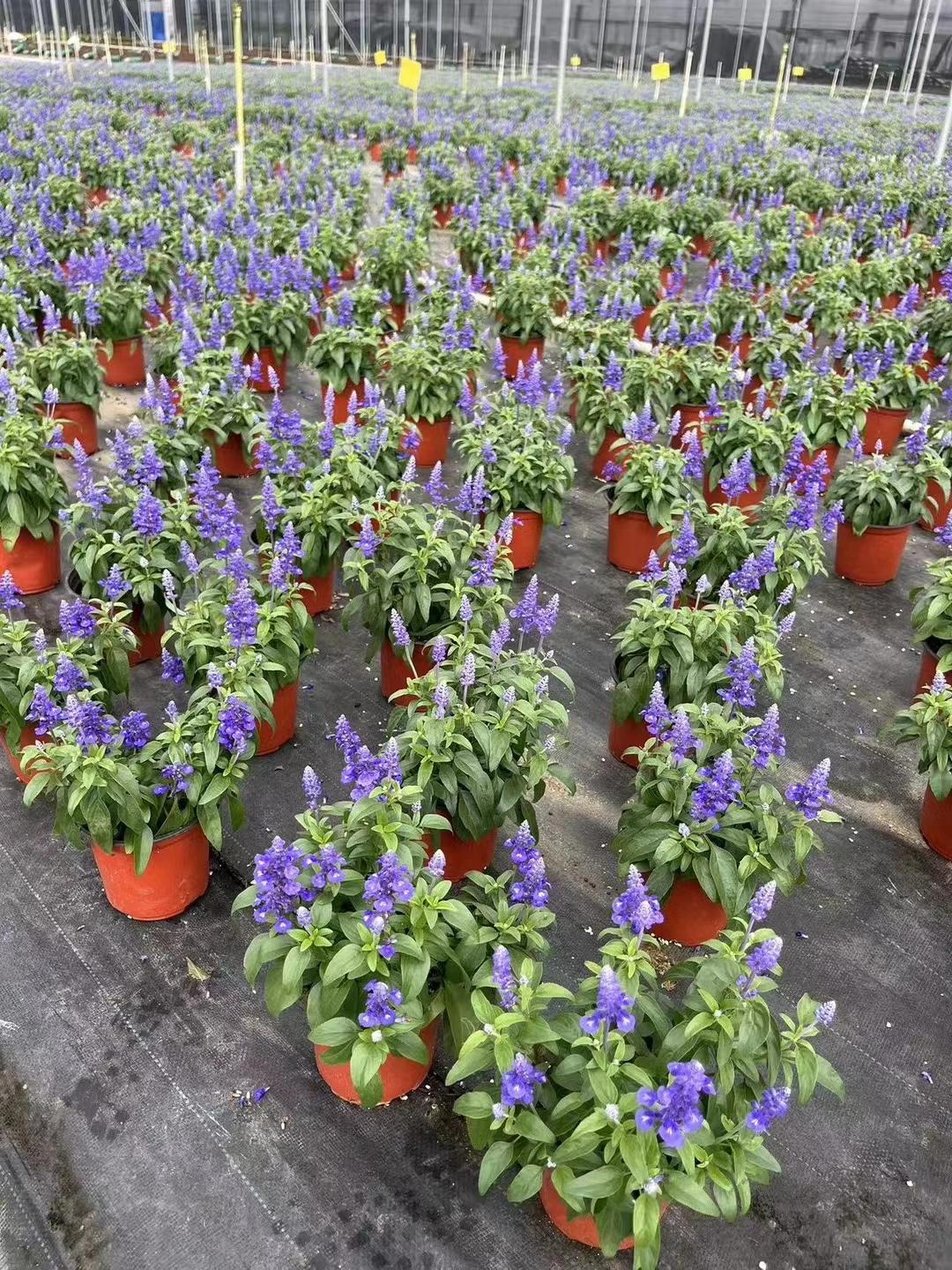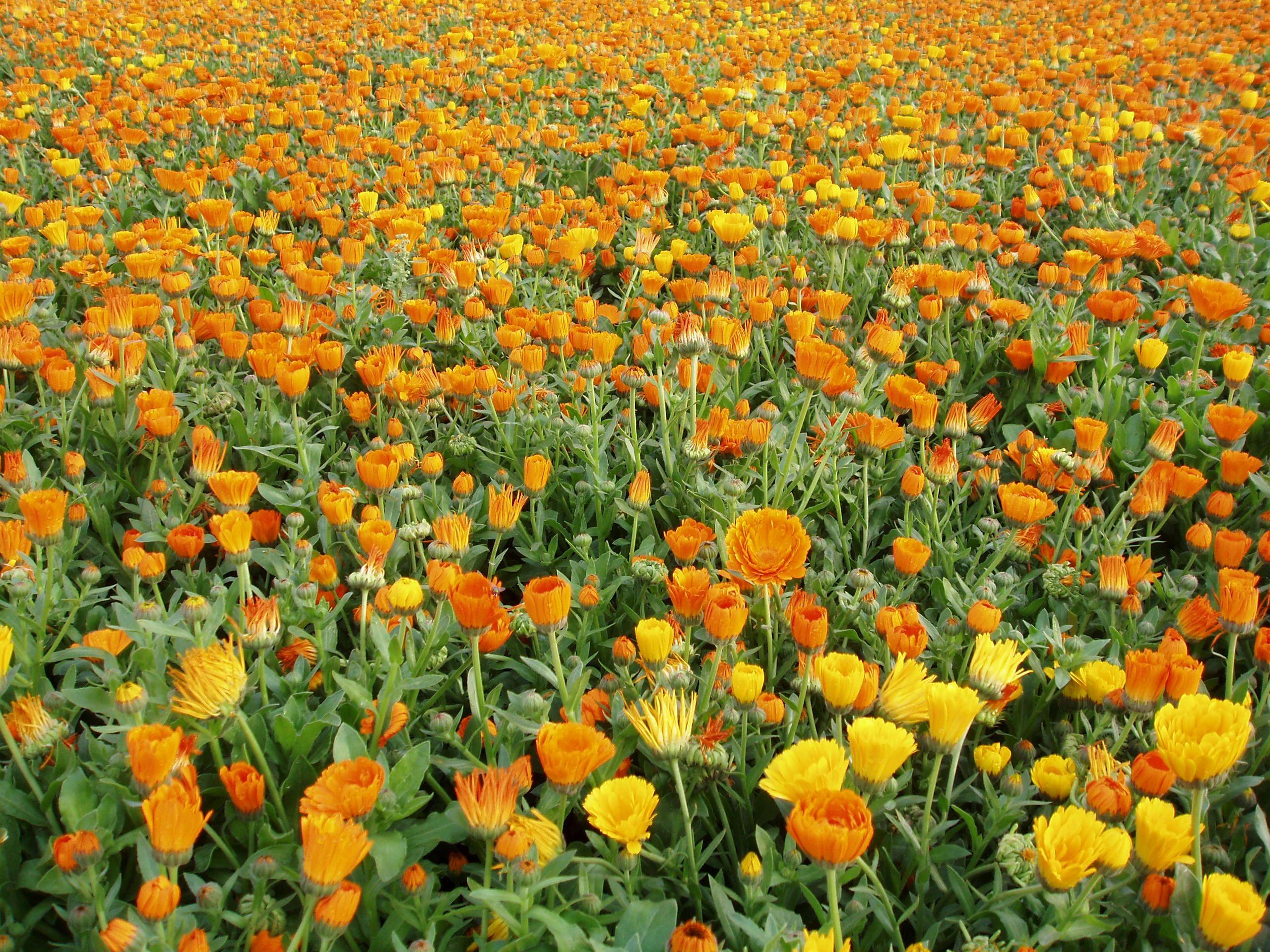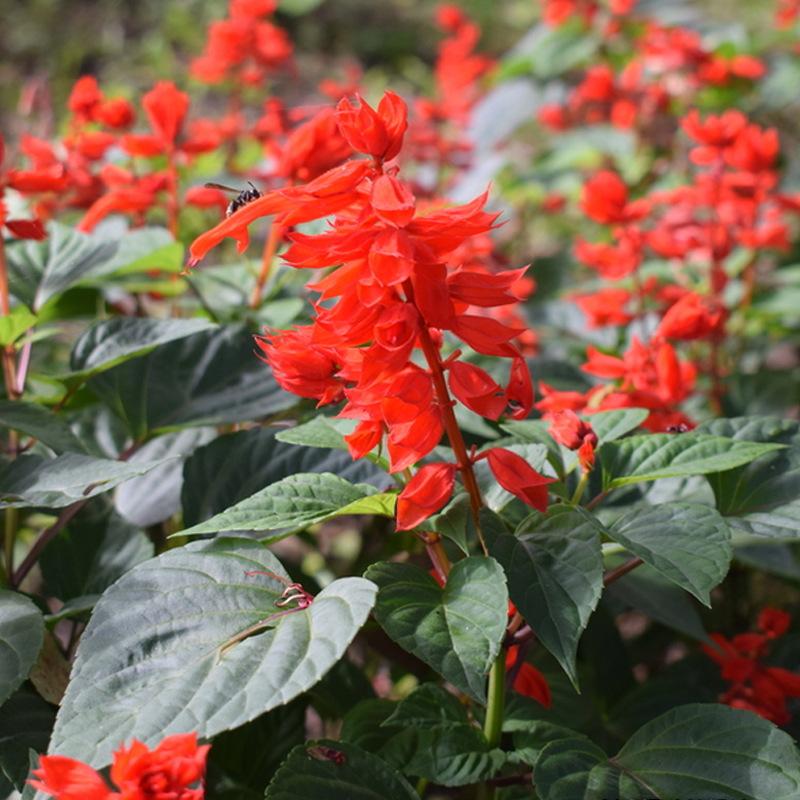Rhododendron, also known as the “rose tree,” has an interesting story. Legend has it that the flowers of Rhododendron were once white. However, a mischievous gnome loved colors so much that he decided to sprinkle the flowers with every color imaginable. As a result, the once white flowers turned into a vibrant mix of pinks, reds, purples, and yellows. Since then, Rhododendron blooms have become a feast for the eyes, showcasing nature’s magical transformation. This tale reminds us of the power of whimsy and how even the smallest creatures can leave a lasting impact.
Picture
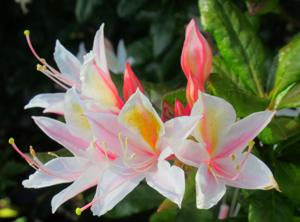
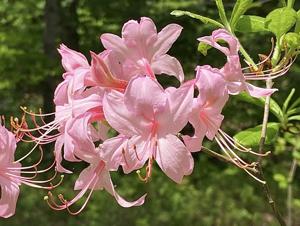
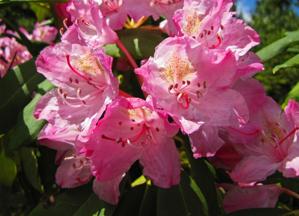
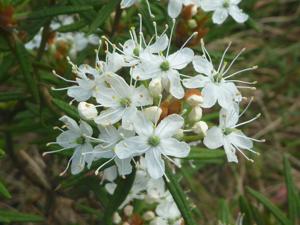
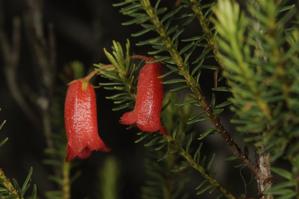
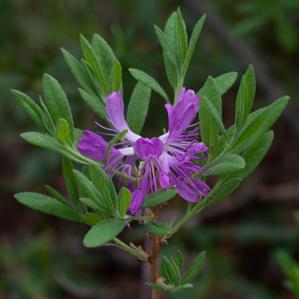
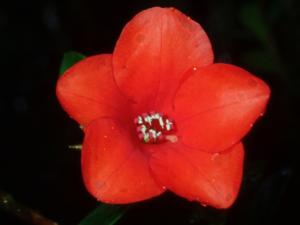
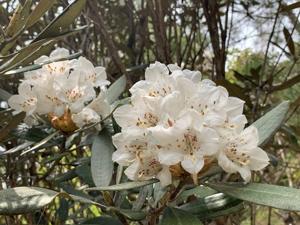
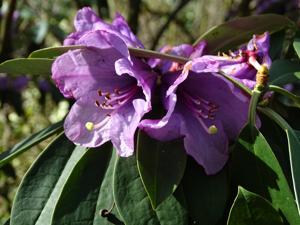
Plant some seeds now!
Short Description
Rhododendron (/ˌroʊdəˈdɛndrən/; pl.: rhododendra) is a very large genus of about 1,024 species of woody plants in the heath family (Ericaceae). They can be either evergreen or deciduous. Most species are native to eastern Asia and the Himalayan region, but smaller numbers occur elsewhere in Asia, and in North America, Europe and Australia.
It is the national flower of Nepal, the state flower of Washington and West Virginia in the United States, the state flower of Nagaland and Himachal Pradesh in India, the provincial flower of Jiangxi in China and the state tree of Sikkim and Uttarakhand in India. Most species have brightly colored flowers which bloom from late winter through to early summer.
Azaleas make up two subgenera of Rhododendron. They are distinguished from “true” rhododendrons by having only five anthers per flower.
Description
Rhododendron in the Carpathian Mountains of Western Ukraine
Rhododendron is a genus of shrubs and small to (rarely) large trees, the smallest species growing to 10–100 cm (4–40 in) tall, and the largest, R. protistum var. giganteum, reported to 30 m (100 ft) tall. The leaves are spirally arranged; leaf size can range from 1–2 cm (0.4–0.8 in) to over 50 cm (20 in), exceptionally 100 cm (40 in) in R. sinogrande. They may be either evergreen or deciduous. In some species, the undersides of the leaves are covered with scales (lepidote) or hairs (indumentum). Some of the best known species are noted for their many clusters of large flowers. A recently discovered species in New Guinea has flowers up to six inches (fifteen centimeters) in width, the largest in the whole genus. The accompanying photograph shows it as having seven petals. There are alpine species with small flowers and small leaves, and tropical species such as section Vireya that often grow as epiphytes. Species in this genus may be part of the heath complex in oak-heath forests in eastern North America.
They have frequently been divided based on the presence or absence of scales on the abaxial (lower) leaf surface (lepidote or elepidote). These scales, unique to subgenus Rhododendron, are modified hairs consisting of a polygonal scale attached by a stalk.
Cultivation
Rhododendron-Park Bremen, Germany
Both species and hybrid rhododendrons (including azaleas) are used extensively as ornamental plants in landscaping in many parts of the world, including both temperate and subtemperate regions. Many species and cultivars are grown commercially for the nursery trade.
Rhododendrons can be propagated by air layering or stem cuttings.: 540–541 They can self-propagate by sending up shoots from the roots. Sometimes an attached branch that has drooped to the ground will root in damp mulch, and the resulting rooted plant then can be cut off the parent rhododendron.
Rhododendron wardii var. puralbum
Rhododendrons are often valued in landscaping for their structure, size, flowers, and the fact that many of them are evergreen. Azaleas are frequently used around foundations and occasionally as hedges, and many larger-leafed rhododendrons lend themselves well to more informal plantings and woodland gardens, or as specimen plants. In some areas, larger rhododendrons can be pruned to encourage more tree-like form, with some species such as Rhododendron arboreum and R. falconeri eventually growing to a height of 10–15 m (32.81–49.21 ft) or more.
Commercial growing
Rhododendrons are grown commercially in many areas for sale, and are occasionally collected in the wild, a practice now rare in most areas. Larger commercial growers often ship long distances; in the United States, most of them are on the west coast (Oregon, Washington state and California). Large-scale commercial growing often selects for different characteristics than hobbyist growers might want, such as resistance to root rot when overwatered, ability to be forced into budding early, ease of rooting or other propagation, and saleability.
Horticultural divisions
Horticulturally, rhododendrons may be divided into the following groups:
Evergreen rhododendrons – large group of evergreen shrubs that vary greatly in size. Most rhododendron flowers are bell-shaped and have 10 stamens.
Vireya (Malesian) rhododendrons: epiphytic tender shrubs
Azaleas – group of shrubs which have smaller and thinner leaves than evergreen rhododendrons. They are generally medium-sized shrubs with smaller funnel-shaped flowers that usually have 5 stamens:
Deciduous hybrid azaleas:
Exbury hybrids – derived from the Knap Hill hybrids, developed by Lionel de Rothschild at the Exbury Estate in England.
Ghent (Gandavense) hybrids – Belgian raised
Knap Hill hybrids – developed by Anthony Waterer at the Knap Hill Nursery in England.
Mollis hybrids – Dutch and Belgian raised
New Zealand Ilam hybrids – derived from Knap Hill/Exbury hybrids
Occidentale hybrids – English raised
Rustica Flore Pleno hybrids – sweet-scented, double-flowered

